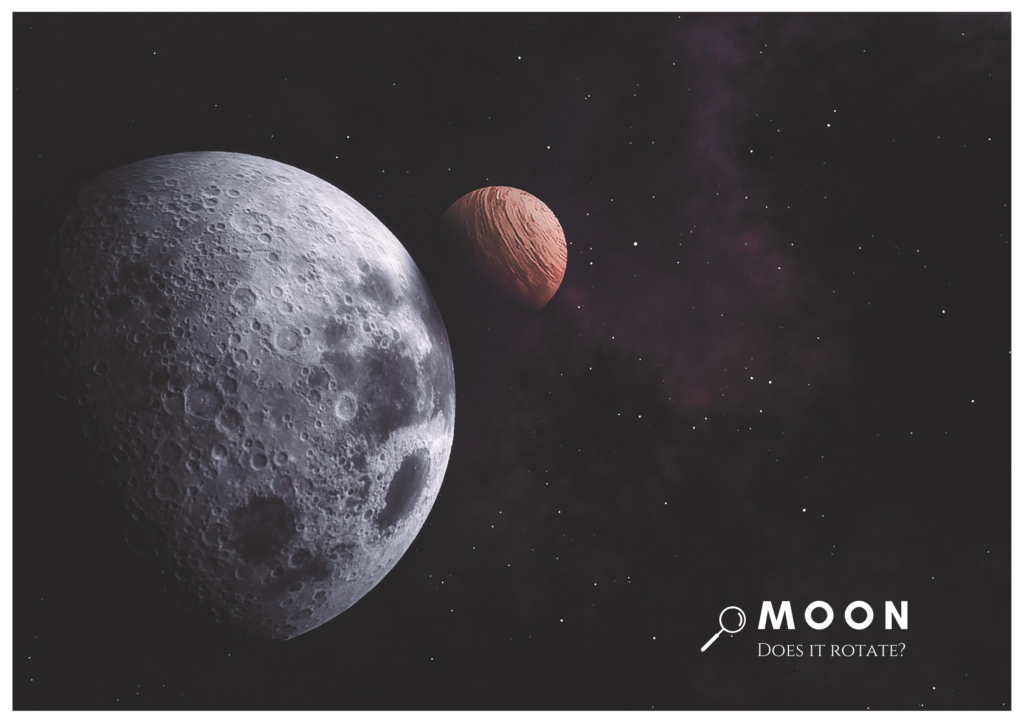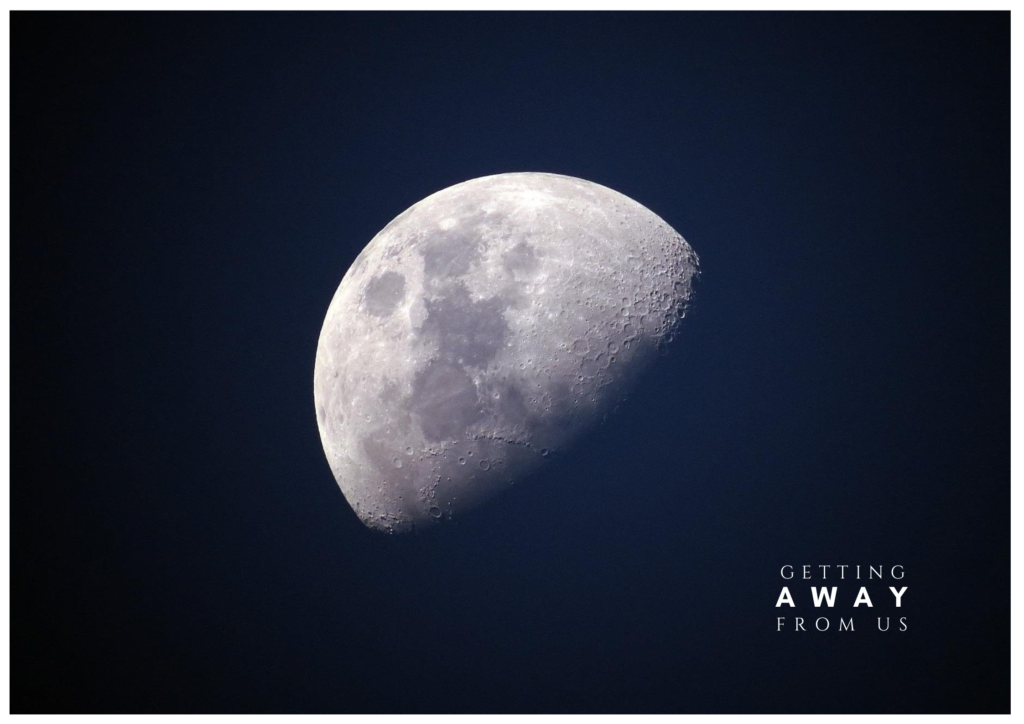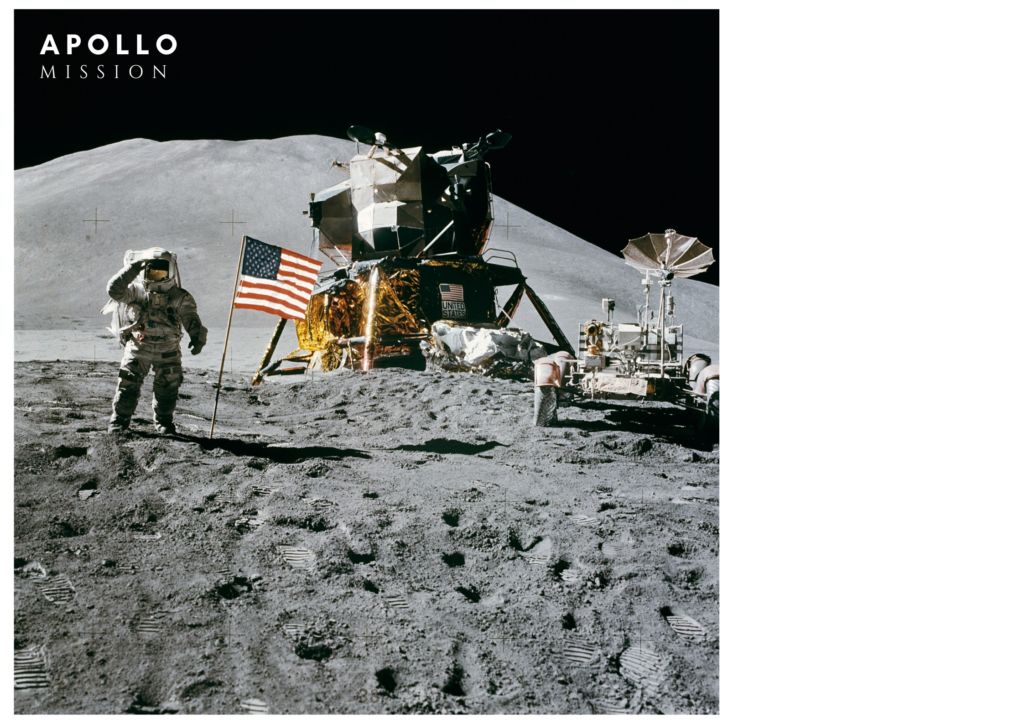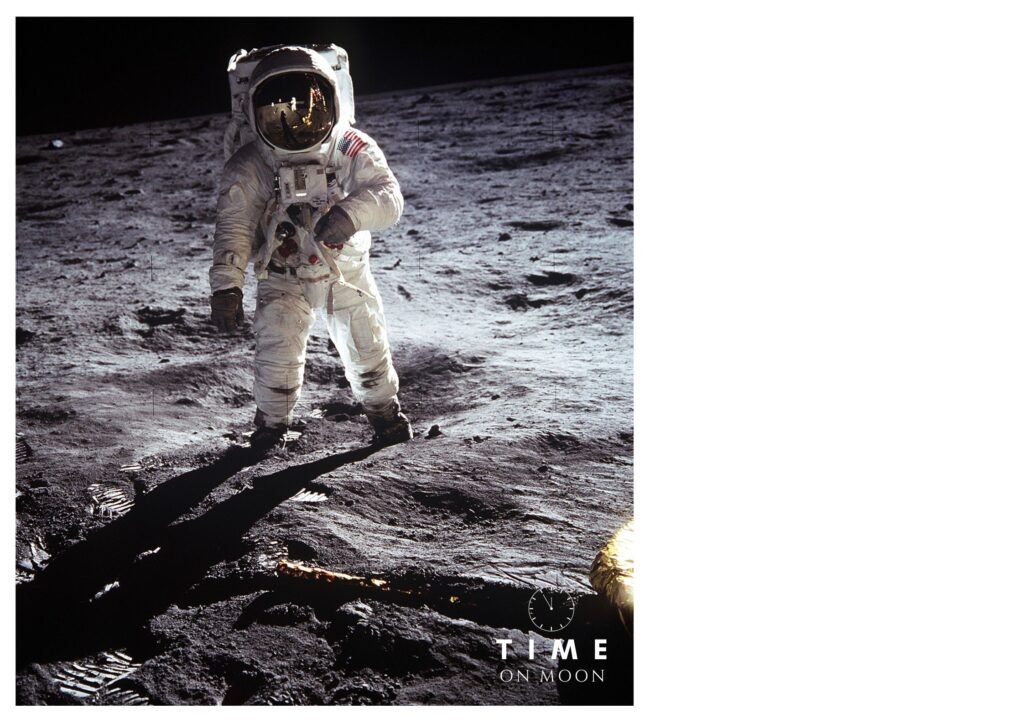Since no one knew of any other moons until Galileo Galilei discovered in 1610 about four moons orbiting Jupiter , and this was the reason Earth’s lone natural satellite is simply referred to as “the Moon.”
The most reliable, steady partner.
4550 Satellites are orbiting Earth and more than half of that number is functioning just to fulfil the demand of faster communication amongst humans. But nevertheless the Moon is the only natural satellite that orbits the Earth. It completes one revolution around the planet at a distance of around 239,000 miles (385,000 kilometres).
Moon has a hidden side.
No matter where we are on the surface of the Earth, we always look at the same side of the Moon.
Tides between the Earth and the Moon cannot be altered. Since their orbits are synchronised, we can only see one side of the Moon at a time. Before a Soviet spacecraft sailed by in 1959, no one on Earth had ever seen the moon’s far side. This is due to the fact that the Moon rotates on its axis at the same rate as the Earth rotates around the Sun. Synchronous rotation, also called ‘Tidal Locking’, is another name for this phenomenon. To see the other side of the Moon, one has to go travel into space.
Does the moon rotate at all?
Once every 27.322 days, the moon completes one orbit around Earth. In addition, one complete rotation of the moon around its axis requires approximately 27 days to complete.
As a consequence of this, to people on Earth, the moon does not appear to be rotating; rather, it gives the impression of remaining almost completely still. This phenomenon is referred to by scientists as synchronous rotation.

A Party on the Moon! Get in your spacesuit.
Exosphere is the name given to the extremely tenuous atmosphere that exists on the Moon. It does not allow air to circulate, hence it is not breathable.
Moon is getting away from us day-by-day.
At the pace of 1.6 inches (4 cm) per year, our moon is receding from the surface of the Earth. In light of the rate at which this process is being carried out by our natural satellite, scientists do predict that the Moon will one day migrate beyond the influence of Earth’s gravitational field; however, this won’t take place for billions of years into the future.

Film Debut.
Georges Melies’ “Le Voyage Dans la Lune,” a silent black-and-white film produced in France in 1902, was the first time the Moon appeared in a motion picture (“A Trip to the Moon”). And the story of astronauts on an outpost on the Moon was told in “2001: A Space Odyssey” in 1968, which was released one year before humans really walked on the Moon. Even after so many years, it is still regarded by many to be among the very best science fiction films that have ever been made.
Who owns it?
Despite of the fact that 6 different American flags have been planted by American astronauts on the surface of the Moon. This does not imply that the United States has laid claim to it; in fact, a rule that was created on the international level in 1967 prohibits any one government from owning planets, stars, or any other natural objects that are located in space.
How many times have we touched the moon?
Up till now we have flown 9 crewed mission to our natural satellite and back. There have been twenty-four humans who have made the journey from Earth to the Moon. On its surface were twelve people walking. 1972 marked the last human exploration of the lunar surface.

Weight on the moon compared to Earth.
The Moon’s mass is approximately eighty one times that of the Earth. Similar to the gravity on other planets, the Moon’s surface features a range of gravitational strengths depending on your location.
Is Moon habitable?
Due to the lack of a substantial atmosphere and any source of liquid water, the Moon is unable to support life as we know it.
It is impossible to live there, and there is no sign of any life there. But it was not like this since it’s birth.
Once it was habitable.
The ecology of the moon was significantly different 3.5 billion years ago, after it had already been developed for a billion years. It is thought that the Moon’s atmosphere had a pressure of 10 millibar during this time of intense outgassing from lunar magma, which is equivalent to one percent of the pressure of the atmosphere that exists on Earth now.
This is significantly more substantial than the atmosphere that exists on Mars at the present time, and it would have been substantial enough for liquid water to pool on the surface of the moon, maybe for a great many millions of years. When you combine this information with the new discovery that the rocks on the moon contain significantly more water than was previously believed, you have a scenario in which lakes or perhaps an ocean may have been able to persist on the moon for a significant amount of time.
There is also an evidence that the early Moon had a magnetic field, which may have helped protect its surface from the harmful effects of radiation from the sun and other sources. At a point in time when life had already established a foothold on Earth, this would have resulted in a world that was momentarily habitable.
In space which is brighter Earth or the Moon?
After the satellite took a picture of the moon passing in front of Earth, the project scientist for NASA’s Deep Space Climate Observatory satellite at Goddard Space Flight Centre in Greenbelt, Maryland, Adam Szabo, said in a statement, “Our planet is a truly brilliant object in dark space compared to the lunar surface.” “It is surprising how much brighter the Earth is than the moon.”
Light from Moon.
When travelling from the Moon to Earth, light only takes about 1.3 seconds on average to make the trip. There is a relatively short distance of only 239,000 miles that separates the Earth and the Moon (385,000 kilometres).
Is it possible to grow food on Moon?
As NASA makes progress forward into sending astronauts to the Moon through the Artemis programme, space botanists are continuing to work on strategies to grow crops on the lunar surface. This work is being done in conjunction with the Artemis programme. In the lunar soil that was brought back from the moon on three separate Apollo missions, a group of researchers from the University of Florida were able to successfully grow small plants.
A fantastic new study has recently been published, and Dr. Paul and her colleagues were a part of it. In addition, this study explains how plant life can be found in soil samples brought back from the moon by astronauts participating in the Apollo program.
How the time moves on Moon?
On the moon is it possible to tell time ?
In 1970, Helbros Watches approached Kenneth L. Franklin, who had been the chief astronomer at New York’s Hayden Planetarium for a number of years, with the request to develop a watch for moon walkers that helps to measure time in what he called “lunations.” A lunation is the amount of time it takes the moon to rotate and revolve around the Earth, and each lunation is equivalent to exactly 29.530589 days on Earth.

